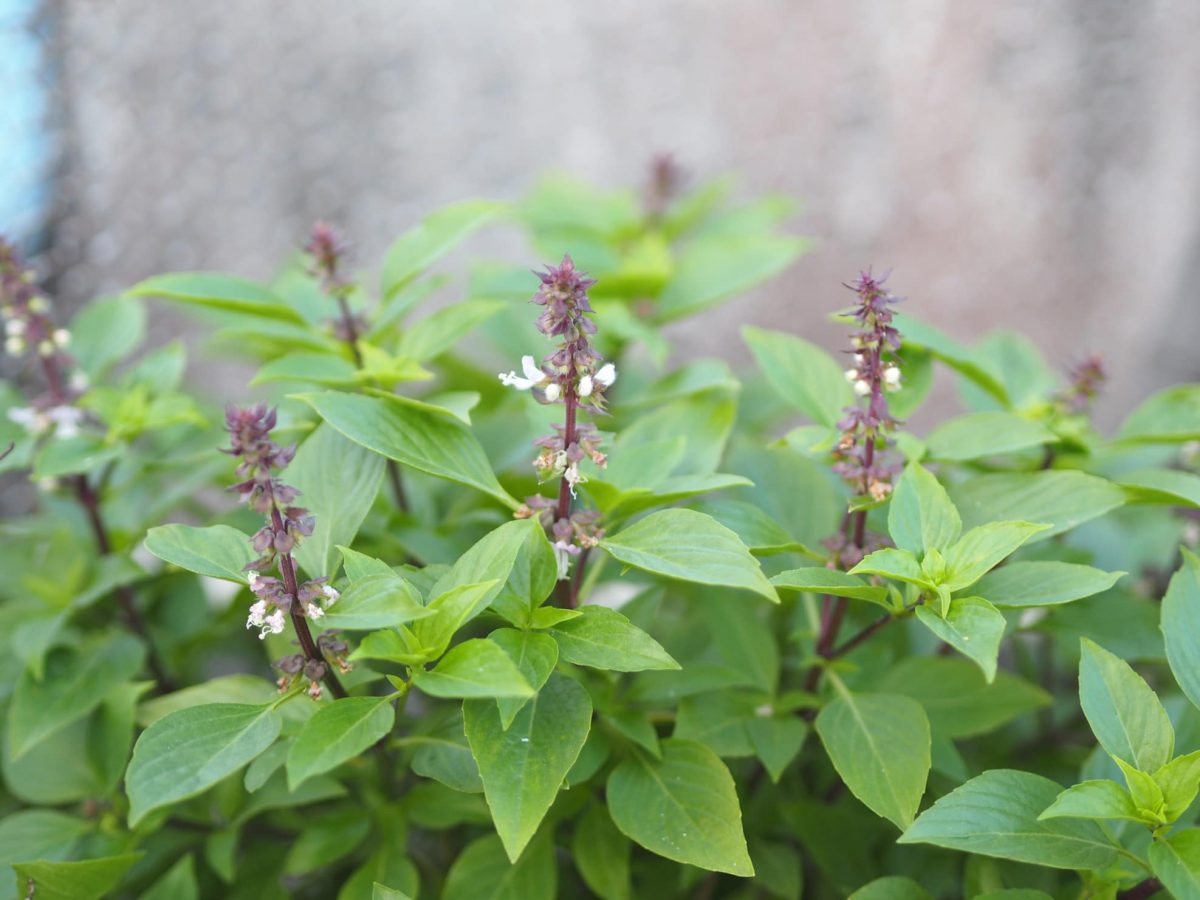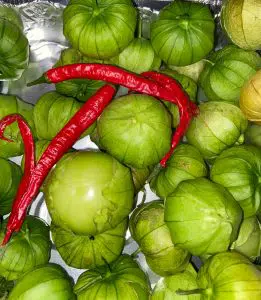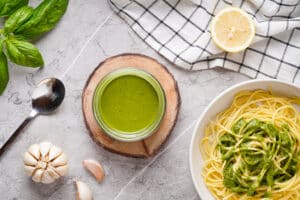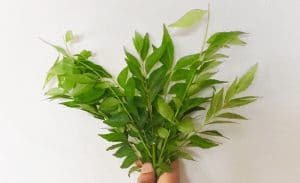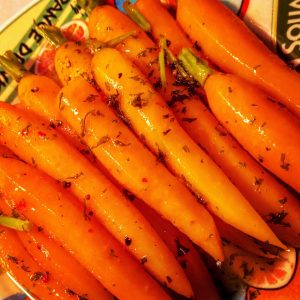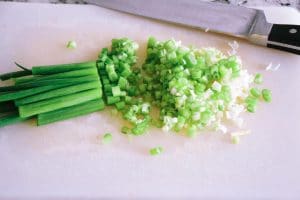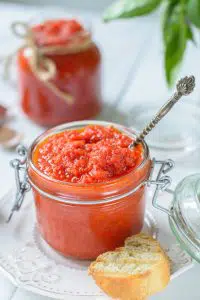Best Substitutes For Thai Basil
Important Note: When you buy through our links, we may earn a commission. As an Amazon Associate we earn from qualifying purchases. Content, pricing, offers and availability are subject to change at any time - more info.
If you’re familiar with Southeast Asian food, you’ve probably come across Thai basil, a pungent, licorice-flavored herb. Popular in Thai, Lao, Vietnamese, and Cambodian cuisines, Thai basil adds a beautiful depth of flavor. If you can’t find Thai basil, though, what are some handy substitutes?
The best substitutes for Thai basil are other members of the mint family, such as sweet, Italian, lemon, and holy basil, oregano, and mint. Licorice-flavored herbs like tarragon, fennel, and chervil and spices like star anise and cloves are suitable substitutes. Try cilantro for a different flavor.
There’s no perfect substitute for Thai basil because it combines intense citrus, pepper, and licorice flavors. However, several other herbs and spices can serve as a replacement when you’re out of Thai basil, adding the same warmth and spiciness.
The Best Substitutes for Thai Basil
To explore the best substitutes for Thai basil, it’s helpful to understand what this unusual herb is and what it is used for.
What Is Thai Basil?
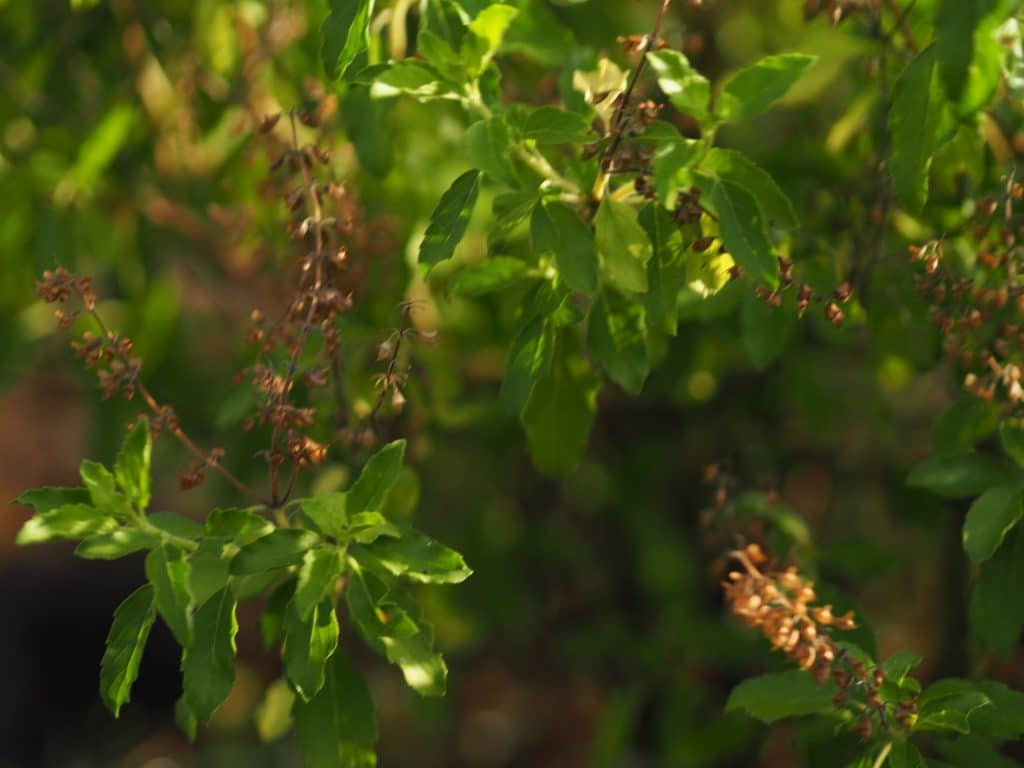
Thai basil is a member of the broader mint family, which includes all 100 varieties of basil, including the sweet Italian basil more familiar in the US.
As its name suggests, Thai basil originates in Southeast Asia and is common to the cuisines of the area.
Thai basil is somewhat different from its Italian cousin, first in flavor, as Thai basil is spicier, with a more pungent, licorice-like taste. This Asian basil also looks different: rather than the soft bright green stem and floppy leaves of sweet basil, Thai basil has a sturdy, inedible purple stem, and small, narrow, stiff leaves with serrated edges like large mint leaves.
These differences make Thai basil hold up better during cooking in terms of texture and flavor. You can serve Thai basil leaves fresh, adding a pretty herbaceous touch, or cooked at high temperatures, offering tanginess.
Thai basil is integral to Southeast Asian dishes like Thai red Panang curry and green curry, Vietnamese pho, and Taiwanese three-cup chicken.
The Best Herbs To Substitute For Thai Basil
It makes sense to replace Thai basil with another similar herb, particularly others from the basil and mint family.
Holy Basil

- Best for: Thai noodles, spicy chicken, pork and seafood dishes, curries
- Substitution Ratio: 1 handful Thai basil = 1 handful holy basil (or ½ holy basil and ½ sweet basil)
Holy basil is a member of the basil family well-known in Thai, Indonesian, and Malaysian cuisine and in Indian culture (where it is referred to as tulsi and used for its medicinal and religious purposes).
Although the flavor of holy basil is more robust, spicy, and peppery than that of Thai basil, it is the herb you’ve tasted in Thai drunken noodles and is equally popular in Thai cuisine.
Sometimes called “hot basil,” this variety of herb can substitute for Thai basil in equal quantities. However, if you prefer less kick, combine holy basil and Italian basil, which will offer some sweetness.
Holy basil has unusual furry leaves, so is not ideal served fresh in a salad.
Sweet Basil
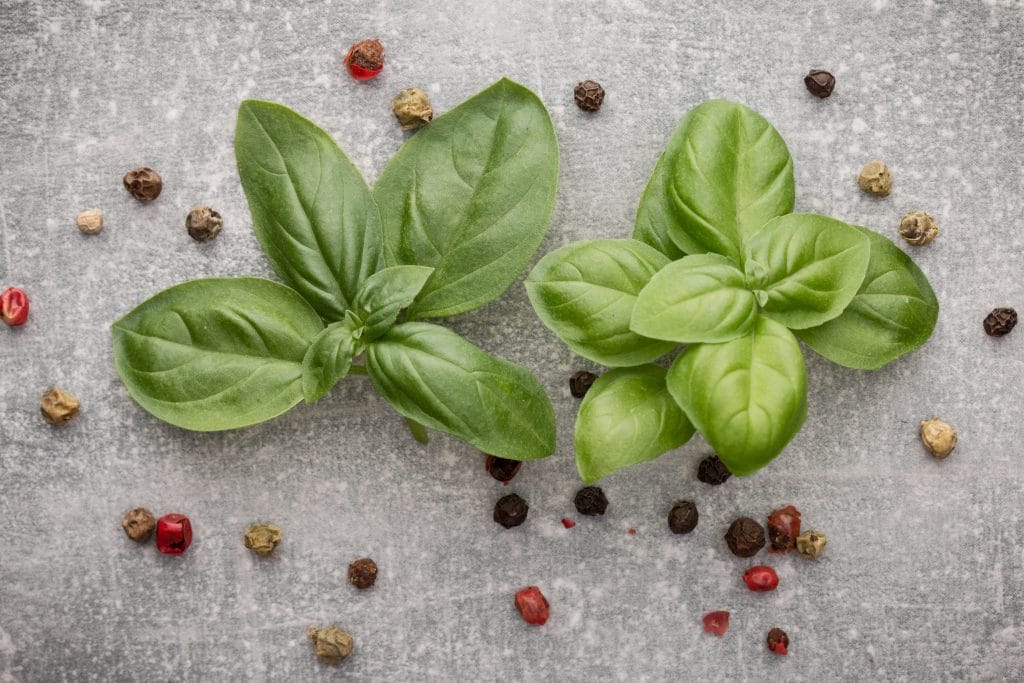
- Best for: Salads, marinades, garnish
- Substitution Ratio: 1 handful Thai basil = 1 ½ handfuls sweet basil (or a combination of sweet basil, mint, and cilantro)
Sweet or regular basil is the most common and popular variety of basil, often found in Italian food, such as salads, pizza, and pasta sauces. A variant of sweet basil is Genovese basil, with smaller leaves and an aromatic piquancy, used for making pesto.
The taste of sweet basil is typically sweet and fresh, with strong herbal and floral notes, which stand up surprisingly well to robust flavors.
You can substitute sweet basil for Thai basil — it’s probably the most convenient substitute you’ll find. However, sweet basil has less punch than Thai basil, and you will lose some intensity. To make up for this, chefs suggest combining sweet basil with mint or cilantro to add complexity and depth of flavor.
Sweet basil is also a more tender herb than Thai basil, so you need to add it at the end of cooking, or else it will wilt and become slimy, losing its essential oils.
Lemon Basil
- Best for: Dressings, soups, chicken, fish
- Substitution Ratio: 1 handful Thai basil = 1 handful lemon basil (or ½ lemon basil and ½ sweet basil)
Another member of the basil family, lemon basil has a typically floral and citrusy tang, far milder than other kinds of basil. The combination of lemon and basil makes this a unique herb, a brilliant marriage of flavors.
The delicate taste and texture of lemon basil mean that it is not the ideal substitute for Thai basil, but it’s a good option if you’re looking for a bright and fragrant addition to a meal.
Use in equal quantities to Thai basil, or combine with other kinds of basil for more pepperiness.
Mint
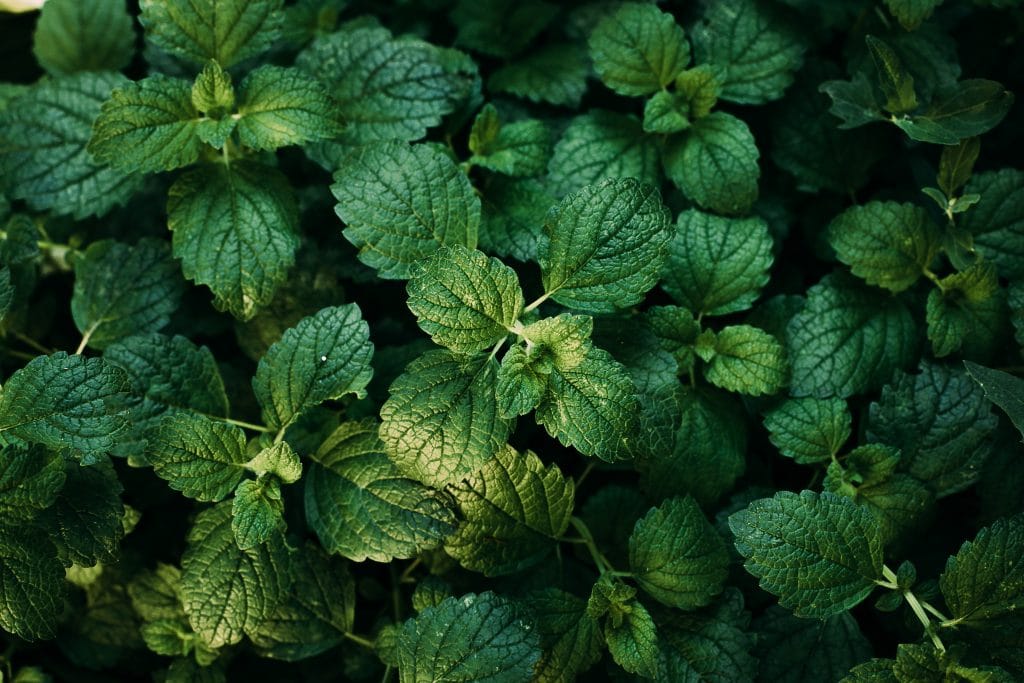
- Best for: Dressings, salads, soups, lamb dishes
- Substitution Ratio: 1 handful Thai basil = 1 handful mint (or ½ mint and ½ sweet basil)
Mint may be a surprising substitute for Thai basil, but it does come from the same plant family.
The flavor of mint, particularly peppermint, is milder and highly distinctive, so use it when you want some spice and fragrance.
Use equal amounts of mint as Thai basil or combine sweet basil and mint for a closer flavor match.
Tarragon
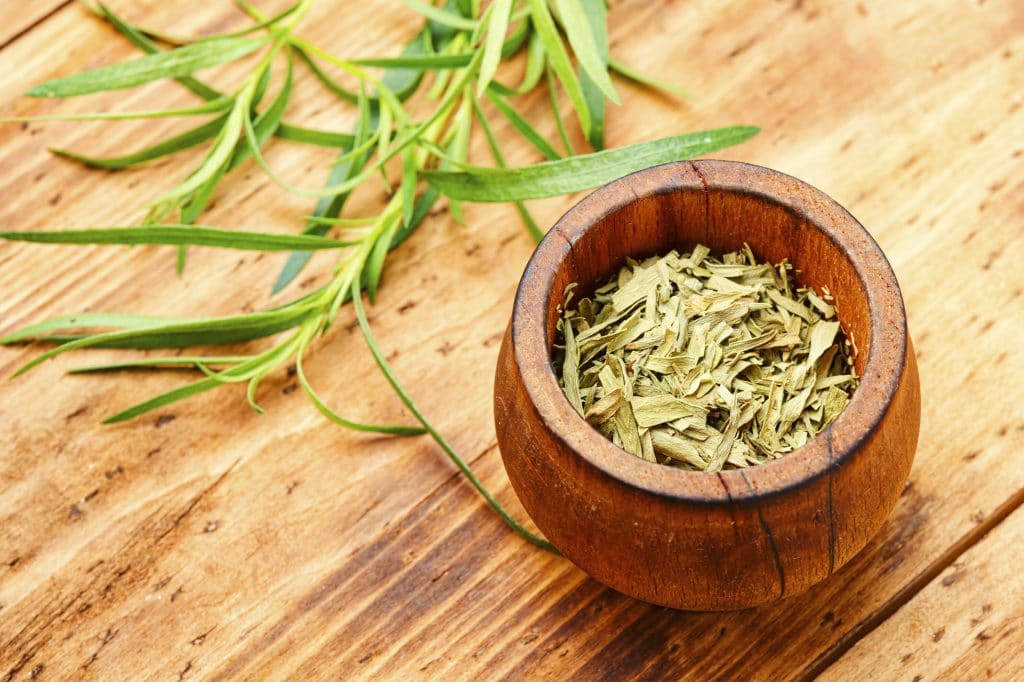
- Best for: Fish, chicken dishes
- Substitution Ratio: 1 handful Thai basil = 1/2 handful tarragon
Outside of the basil family, aromatic tarragon makes a handy substitute for Thai basil as it is a good match for the herb’s zesty licorice flavor.
Tarragon, one of the fines herbes of French cuisine, has long green leaves and a strong anise taste and can be used both fresh and dried. Fresh tarragon, like sweet basil, needs to be added to a dish at the last minute, but dried tarragon can be added earlier on with other ground spices, garlic, and onion and adds a deeper pungency.
Take care not to let tarragon overwhelm the flavors of a dish, so add half the amount you would of Thai basil and increase from there.
Fennel

- Best for: Garnish, salads, dressings, fish, chicken, lamb dishes, pickles
- Substitution Ratio: 1 handful Thai basil = 1 ½ handfuls fennel leaves or 1 tablespoon fennel seeds
If you’re looking for licorice flavor, fennel is another herb that’s an excellent choice. Fennel is a versatile vegetable, whether in its wild or common form, as you can use the delicate leaves, stem, bulb, and seeds. The leaves and seeds are the best choices as Thai basil substitutes.
Fennel Leaves
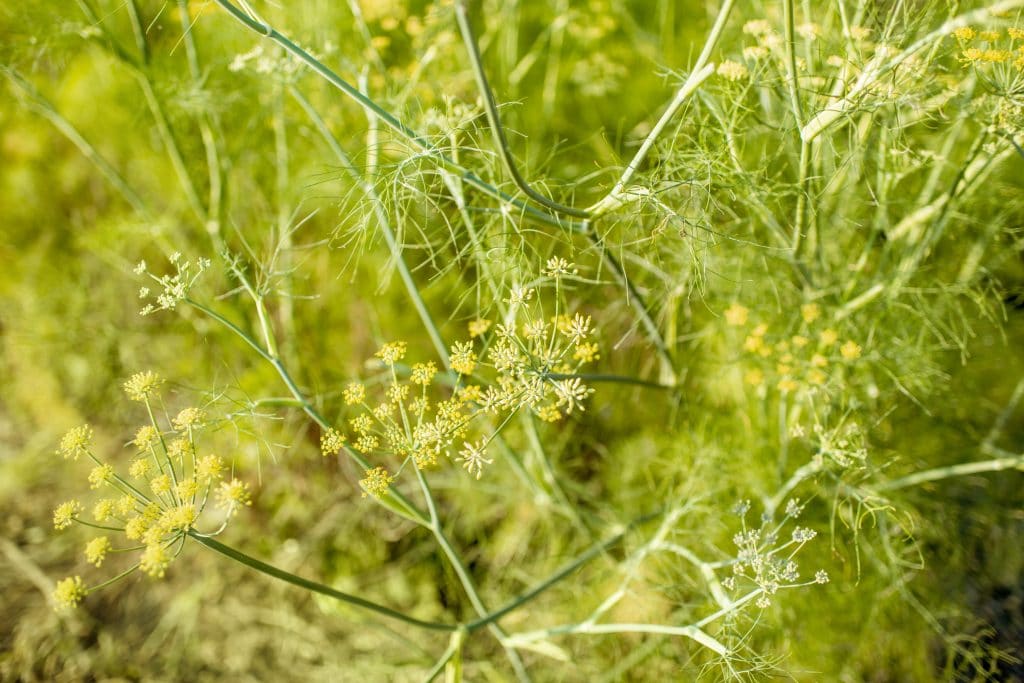
The frond-like leaves of the common fennel plant are probably your best bet if you want to replace Thai basil.
However, chop the leaves finely and add them after cooking to preserve their delicate flavor and exquisite beauty. Ideally, use fennel leaves raw as garnish or salad.
Fresh fennel leaves have a milder flavor than Thai basil, so you’ll have to use more of them for the same effect.
Fennel Seeds

You can usually find dried fennel seeds with their strong anise flavor, which make an ideal replacement for the licorice hit of Thai basil.
Although their texture makes these seeds a less obvious replacement, roasting and crushing fennel seeds before adding them to your pan with other spices will add the warm richness that Thai basil would provide.
Fennel seeds stand up to most cooking methods, so they’re ideal for adding to long-cooked dishes or roasts.
Chervil
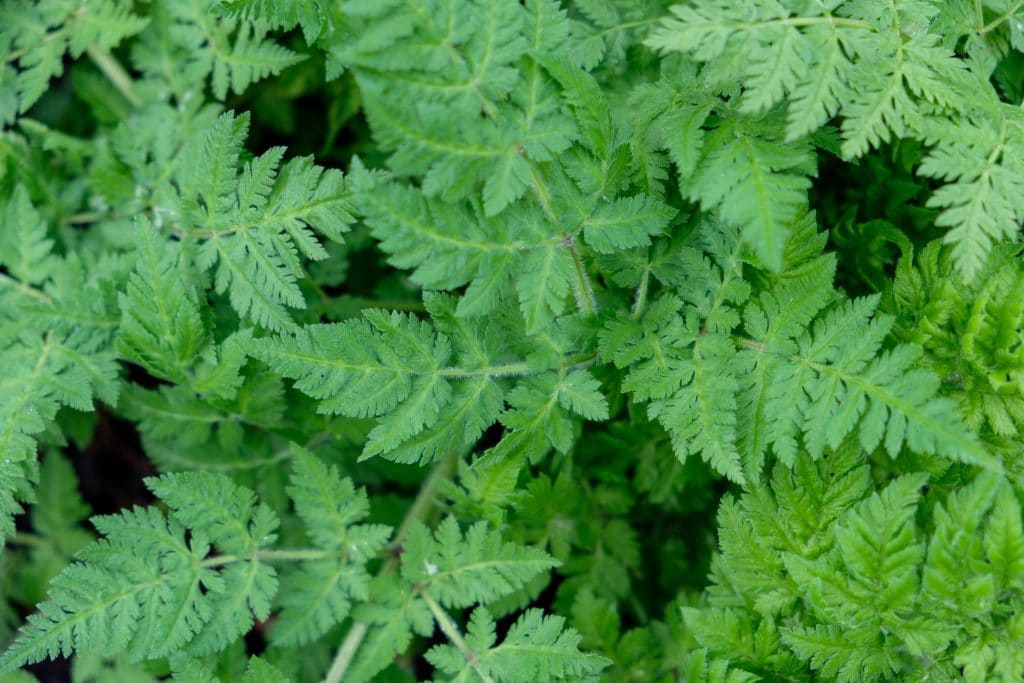
- Best for: Garnish, salads, dressings
- Substitution Ratio: 1 handful Thai basil = 1 ½ handfuls chervil
Another excellent choice of substitute for anise flavor is chervil, a pale green herb with frilly leaves, beloved of French sauces.
Like tarragon and fennel, chervil has a milder flavor than Thai basil and doesn’t cope with prolonged cooking. Add chervil to dishes just before serving for a floral touch, similar to parsley.
Cilantro
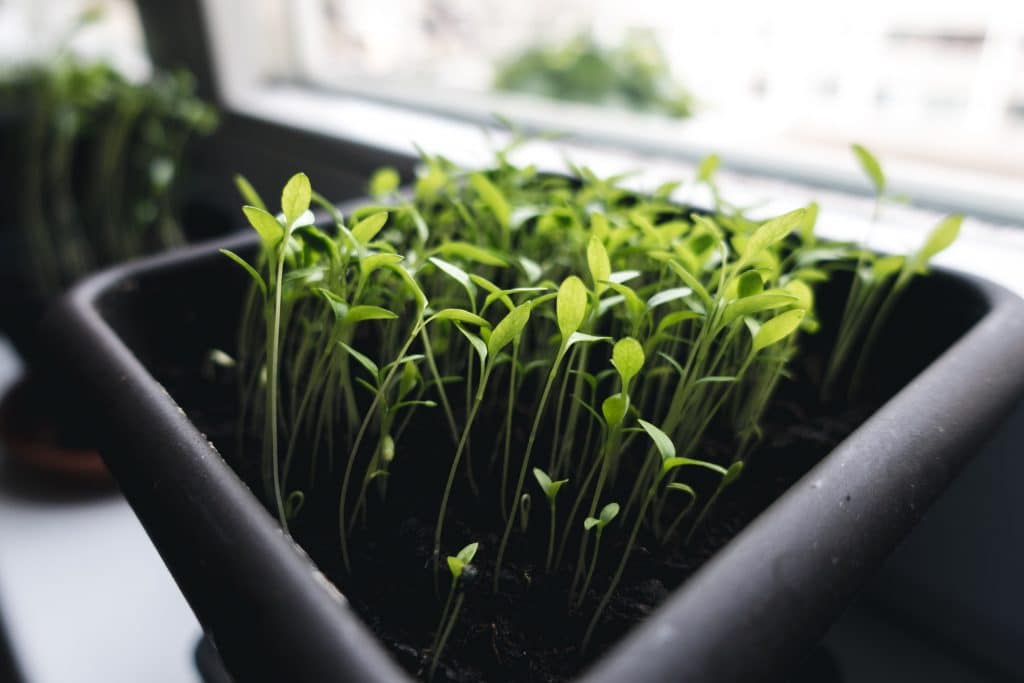
- Best for: Curries, curry paste, soups, stir-fries, salads, garnish
- Substitution Ratio: 1 handful Thai basil = 1 handful cilantro
Moving away from the basil family and licorice-like substitutes, other herbs make delicious Thai basil replacements. Cilantro or fresh coriander, also a popular herb in Asian cooking, is an example.
Cilantro, which looks like leafy parsley, has a piercing herbaceous flavor, with hints of citrus and mint. The zestiness of this herb makes a good choice for pairing with robustly flavored dishes, like curries.
Unlike Thai basil, cilantro is not suitable for slow cooking, so add the herb to dishes for fresh seasoning and garnish at the end of cooking.
Replace Thai basil with equal quantities of cilantro.
Oregano
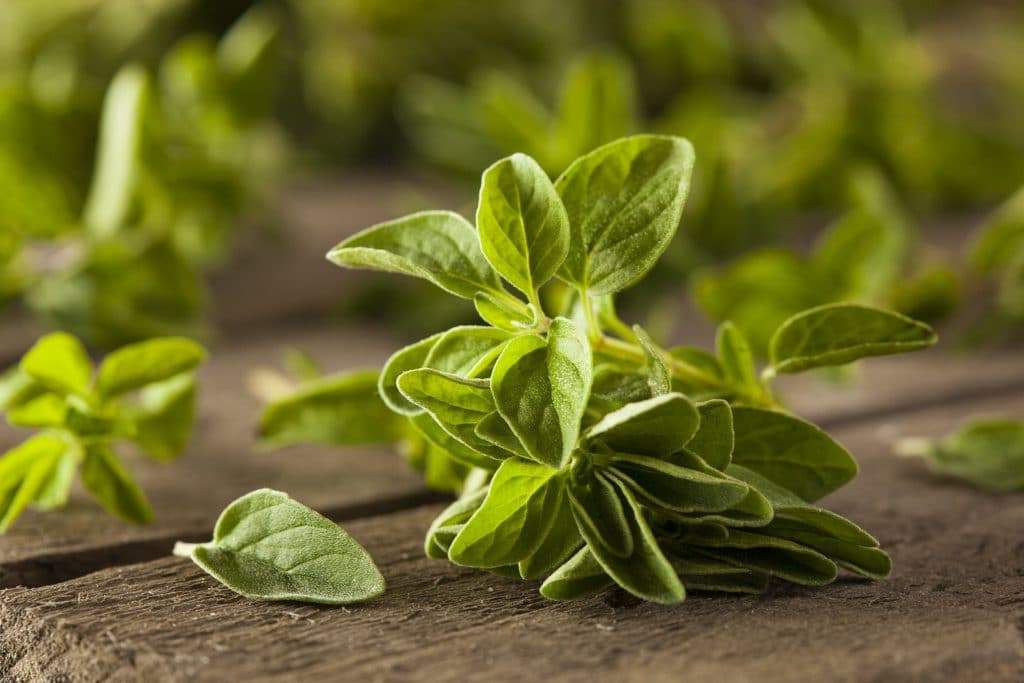
- Best for: Eggplant, tomato, and zucchini dishes, lamb braises, garnish
- Substitution Ratio: 1 handful Thai basil = 1 handful oregano
Oregano or wild marjoram is a distant member of the mint family with its earthy tones and heart-shaped green leaves.
Although oregano is probably more familiar to Italian, Turkish, and Greek cuisine, its bold, bitter-sweet flavor is hearty and robust enough to stand up to the flavors that go with Thai basil.
Oregano is readily available in both its fresh and dried forms, with fresh oregano pairing very well with savory vegetable dishes.
The Best Spices To Substitute For Thai Basil
Although Thai basil is a green, leafy herb, dried spices can mimic its peppery warmth with licorice notes. You will lose the texture and herbaceousness that Thai basil provides, but spices can be mouth-watering replacements in long-cooked dishes that need depth of flavor.
Star Anise
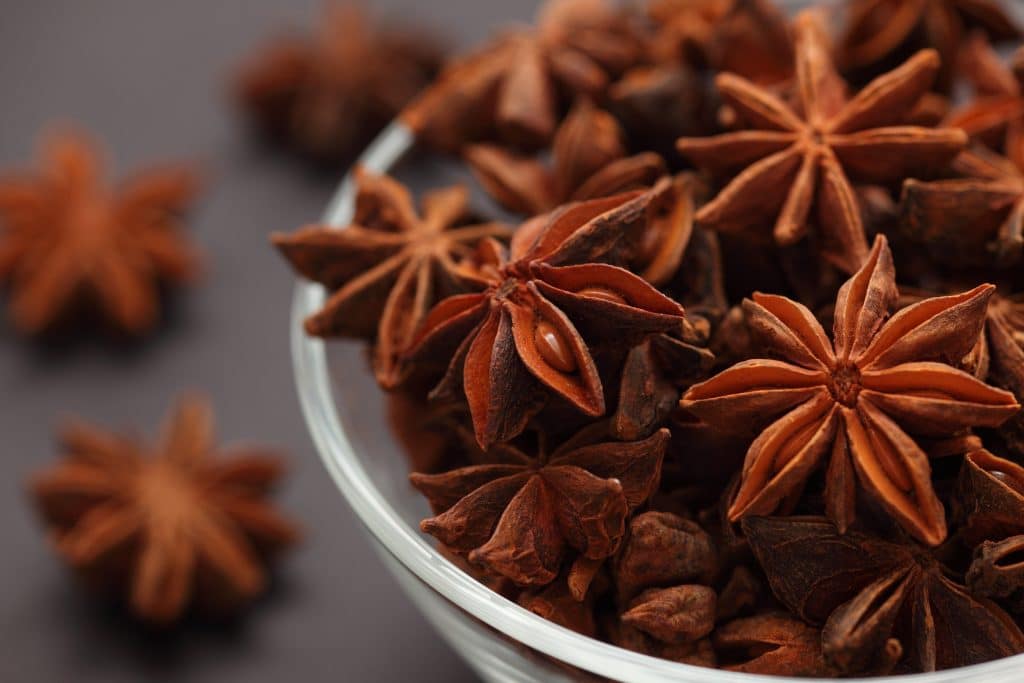
- Best for: Soups, beef stews, pork braises, sauces, noodles
- Substitution Ratio: 1 handful Thai basil = ½ teaspoon ground star anise
With its appealing star-like shape and peppery fragrance, star anise is a spice originating in Vietnam and China and is common to their native cuisines. It’s a standard ingredient in five-spice powder, Vietnamese pho, and Taiwanese beef noodle soup.
The texture of star anise is hugely different from that of Thai basil — it is a dried seed pod, often ground, not a leafy herb. However, star anise makes an appropriate substitute for Thai basil if all you are looking for is a licorice note in your dish.
This spice is also far more pungent than Thai basil, so you need to use far less star anise to achieve the same level of spice. Add only a single petal or half a teaspoon of ground star anise and increase the level of spiciness from there.
Add star anise at the beginning of cooking when frying the garlic, onion, and other ground spices. If you are using whole star anise, discard it before serving.
Cloves
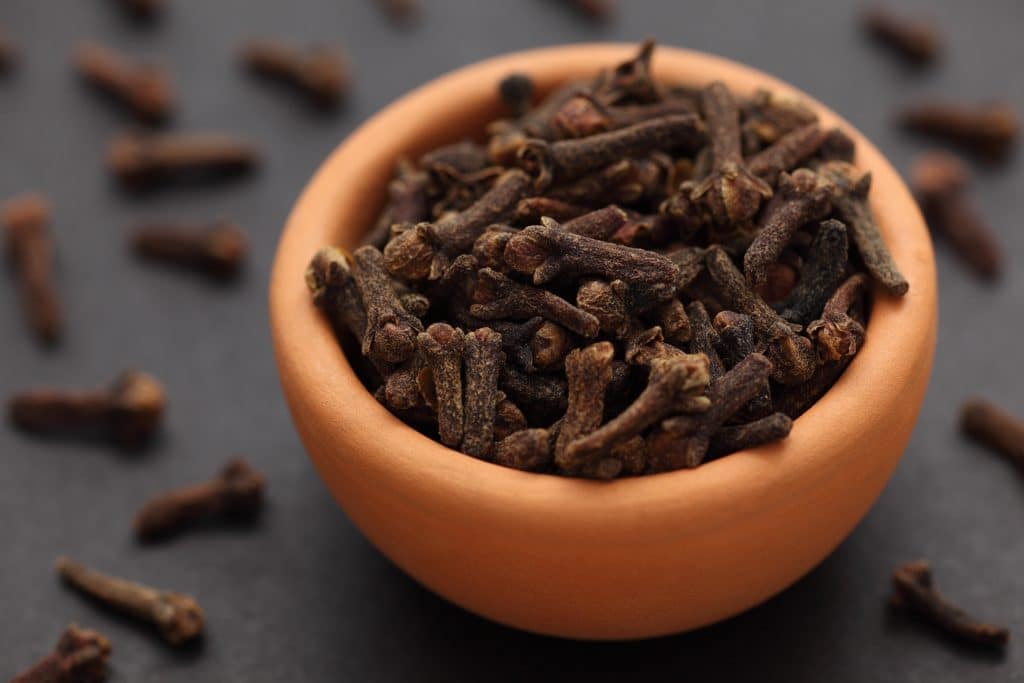
- Best for: Curries, soups, stews, rice dishes
- Substitution Ratio: 1 handful Thai basil = ½ teaspoon ground cloves
Another dried spice often found in Asian food is cloves, used in whole and ground forms. Cloves are usually an ingredient in garam marsala, the basis of many curry dishes.
Cloves’ flavor and texture are completely different from those of Thai basil, but add cloves as a substitute if you’re looking for a warm, savory, spicy flavor profile.
Like star anise, cloves have a robust, almost overwhelming taste, so use them with discretion. Half a teaspoon of ground cloves or a few whole cloves will be enough to flavor a dish. Discard the whole cloves before serving.
So, What Are The Substitutes For Thai Basil?
You’ll probably reach for Thai basil if you’re preparing a Southeast Asian dish. If you can’t find this warm, licorice-flavored herb, substitute it with another variant of basil, such as Holy basil, sweet basil, or lemon basil. If you’re looking for bright zestiness, use cilantro or mint, or mimic the anise notes with tarragon, chervil, or fennel. For flavor rather than texture, use star anise or cloves.
